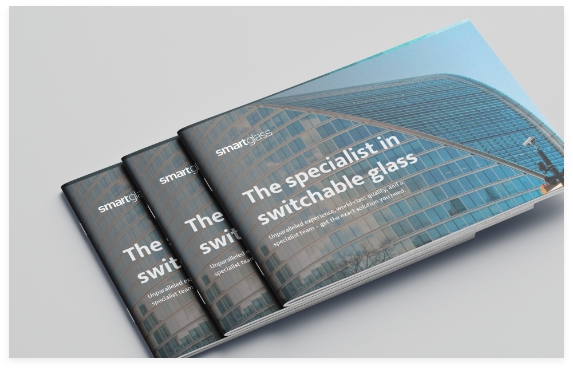Download Smartglass Brochure
spaces that adapt to users’ needs at the flick of a switch.
A few weeks ago, the skylight at the top of the Globe was fitted with “smart glass”. The new glazing will allow the intensity of the light in the auditorium to be adjusted, thus solving the problem of sunlight reflecting on the giant screen during the day.
The Globe skylight while “off”: the smart glass remains opaque.
Inaugurated in 2004, the Globe of Science and Innovation has become one of the Organization’s key landmarks. Housing the permanent exhibition “The Universe of Particles” (which recently received a silver design award, as reported in the last issue of the Bulletin) and a multimedia auditorium, the Globe hosts many events every year. “The Globe has rapidly become an important communication tool for CERN,” enthuses Bernard Pellequer, who is in charge of event planning for the venue. “This is particularly true for the first floor, which is equipped with a giant screen. Unfortunately, we soon realised that the magnificent skylight, which is one of the Globe’s most striking features, rendered the screen unusable during the daytime since the light coming through it made it impossible to see what was on it.”
After seeking a suitable solution for four years, the Globe’s managers finally turned to an Irish company called Smart Glass International, which offers a new suspended particle device technology known as SPD Smart Glass. The fitting of smart glass in the skylight means that it can now be made light or dark at the flick of a switch, as Bernard Pellequer explains: “When no voltage is applied, the suspended particles are arranged in a random pattern, blocking the passage of light. When the electrical supply is switched on, the suspended particles align and let light pass. We can now control the amount of light coming through the roof by simply turning the power on or off.”
The Globe skylight while “on”: light enters the auditorium.
Note that this photo was taken mere moments after the first.
The glazing company paid two visits to CERN, the first in October 2011 to measure the dome and sides of the skylight 18 metres up in the roof, and the second in December to fit the 50 m2 of SPD glass. The result was a real triumph of technology as hitherto the materials had only ever been fitted in luxury cars.
“Aside from purely practical considerations, we had to make sure that we didn’t change the atmosphere of the Globe or spoil its architectural beauty. The new technology meets all these criteria. It’s also consistent with the message of science and innovation we want to convey,” concludes Bernard Pellequer. “The screen now has an excellent contrast, so our goal has been achieved – in the smartest way you could imagine!”
by Anaïs Schaeffer
Read online article here

Wherever you are in the world one of our team will be in touch to advise on the best smart glass solution for your needs.